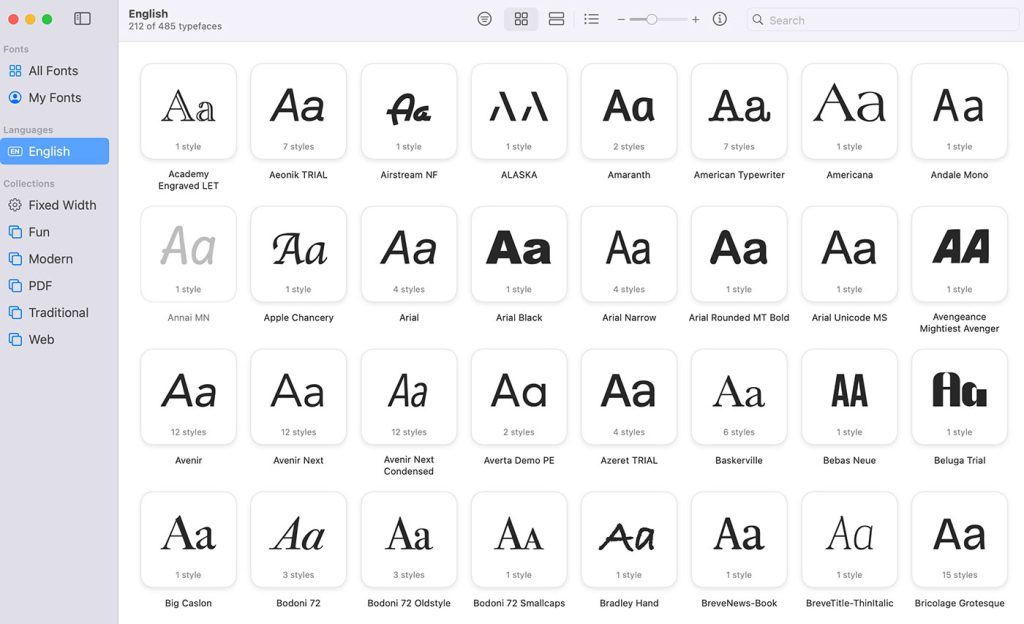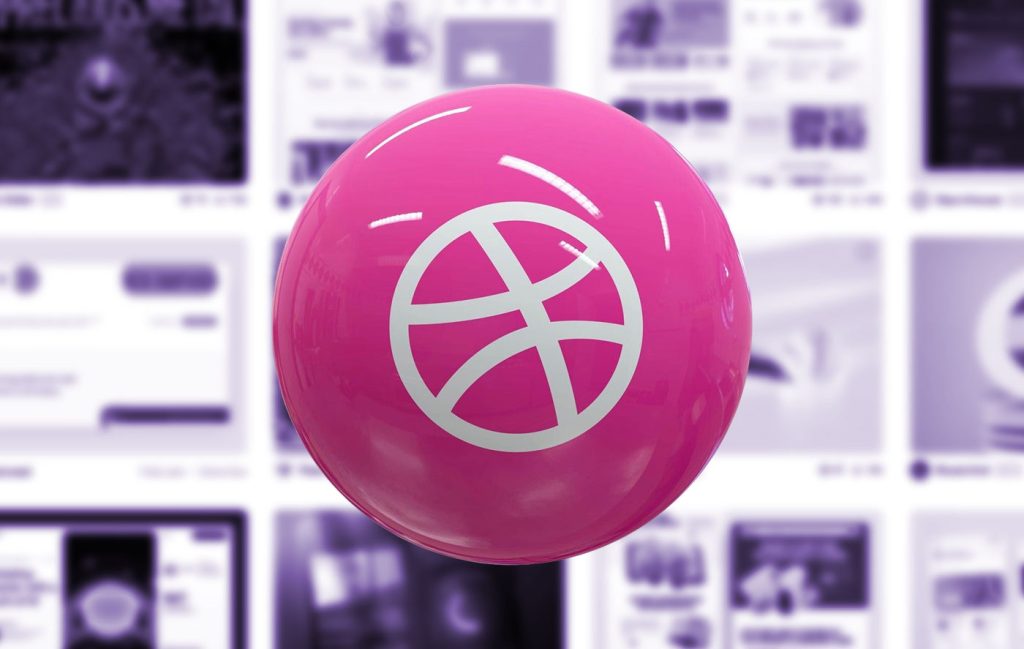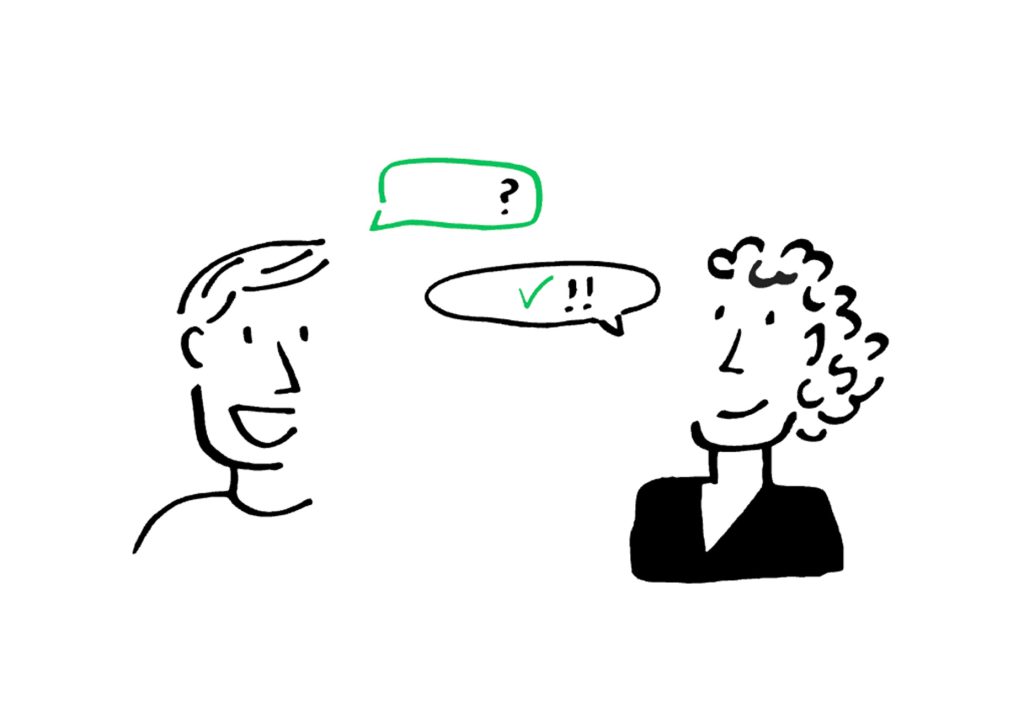If you’re new to design, selecting a color palette for your projects can be challenging — choosing a single color isn’t hard, but finding colors that work well with it can be a minefield. The answer is the color wheel, a tool so proven over the last century that virtually every design app implements it in one form or another — many premium tools even offer multiple interpretations of the color wheel.
In this blog post, we will cover everything you need to know to harness the power of the color wheel so that you can create perfect color combinations for your designs.
Getting Started with the Color Wheel
The color wheel is an essential tool in design that has been in use in its current form for more than a century. Understanding the basics of the color wheel and color theory will significantly increase your ability to communicate your message.
The color wheel, sometimes called the color circle, is built by placing the three primary colors (red, blue, and yellow) at equal distances apart on a circle. Next, add the secondary colors — the colors that are made by mixing primary colors in equal proportions — (purple, green, orange) at equal distances around the circle. The third step is to add tertiary colors, which are the colors between the primary and secondary colors. Finally, blend the colors so that you have a smooth gradient all around the wheel. Because it’s a complete circle, there are an infinite number of colors on the color wheel.

But wait… not every color appears on a color wheel!
Where is Brown on the Color Wheel?
Brown doesn’t feature on a traditional color wheel. It’s what’s known as a composite color — composite colors are made up of other colors. Just because we have a name for it (“Brown”), that doesn’t mean that it is a hue in its own right. Brown is a catch-all name for different colors that can be made up of yellows, oranges, greens, and other colors depending on the exact hue, saturation, and lightness.
Brown’s not the only color that doesn’t fit neatly on the color wheel. Greys don’t fit, and neither do black and white (which may or may not be colors, depending on whom you ask).
Different apps often try to expand the color wheel by adding saturation or lightness emanating from the circle’s center outwards to include these colors.
How To Use a Color Wheel
Colors are essential to our lives; they are how most of us interpret light, which gives us vision. What’s important to understand about colors is that on its own, every color can be pleasing to the eye, but it’s when colors are combined that something special happens.
Contrasts are easier to understand when you consider flavors: salted caramel, cheese & onion, and sweet & sour sauce; combining two distinct flavors creates a greater sensation than the two parts.
Colors work in the same way as flavors — they are better together. And what we try to do is combine them in a predictable way. There are many different ways of breaking up a color wheel to create different effects, but each is about creating a color relationship.
When it comes to choosing a color, there are no hard and fast rules. That’s extremely helpful for designers who are often handed a brand color or two to work with. The most important thing to understand is that it doesn’t matter where you start on the color wheel. What matters is the relationship between the colors.
The simplest form of color relationship is to select two opposite colors on the color wheel. These are known as complementary colors. You may have heard the rhyme, “Red and green should never be seen.” It rhymes, but it’s wrong; red and green are great together!

Red and green aren’t the only complementary color combination; you can take any color, find its opposite on the color wheel, and have a harmonious color relationship.
There are numerous ways to set up a color relationship. In web design, we often need three colors: a brand color, a secondary color to emphasize the brand color, and a contrasting CTA (call to action) color. Triadic color combinations are simply the relationship between three colors. Different kinds of triadic color combinations exist, from split complementary (a three-color variation on complementary colors) to analogous (three colors closely grouped).

Creating Moods Using The Color Wheel
Different relationships between colors create different moods. You might have thought that creams create a calming color scheme, but actually, it’s not the cream color itself but the proximity of a range of creams to each other that creates a sense of calm. You can have calming red palette if you select a number of reds that are close but equally spaced on the color wheel. Equally, cream can be dramatic when paired with a rich purple.
The rules for combining colors to create moods are straightforward. The more movement around the color wheel, the more dynamic and energetic the color combination.
The maximum distance to move around the color wheel is the exact opposite, so complementary colors create the most dramatic and energetic color combinations: blue & orange, green & red, and yellow & purple are all great dynamic color combinations.
The least distance you can move around the color wheel is adjacent colors, so colors next to each other produce the calmest, least dramatic combinations. Orange & yellow, green & blue, and orange-yellow & green-yellow all create simple, calm moods.
Remember: the greater the distance, the greater the dynamic; the greater the proximity, the greater the sense of calm.
Conclusion
Color is a rich and complex topic. There are many theories on how colors can prompt different responses in different people. The color wheel is one tool to make sense of the options.
Color theory can be overwhelming for new designers, but by understanding its principles, experimenting with different combinations, and, most importantly, having fun with it, you’ll start to understand how to use color in your design projects successfully.






